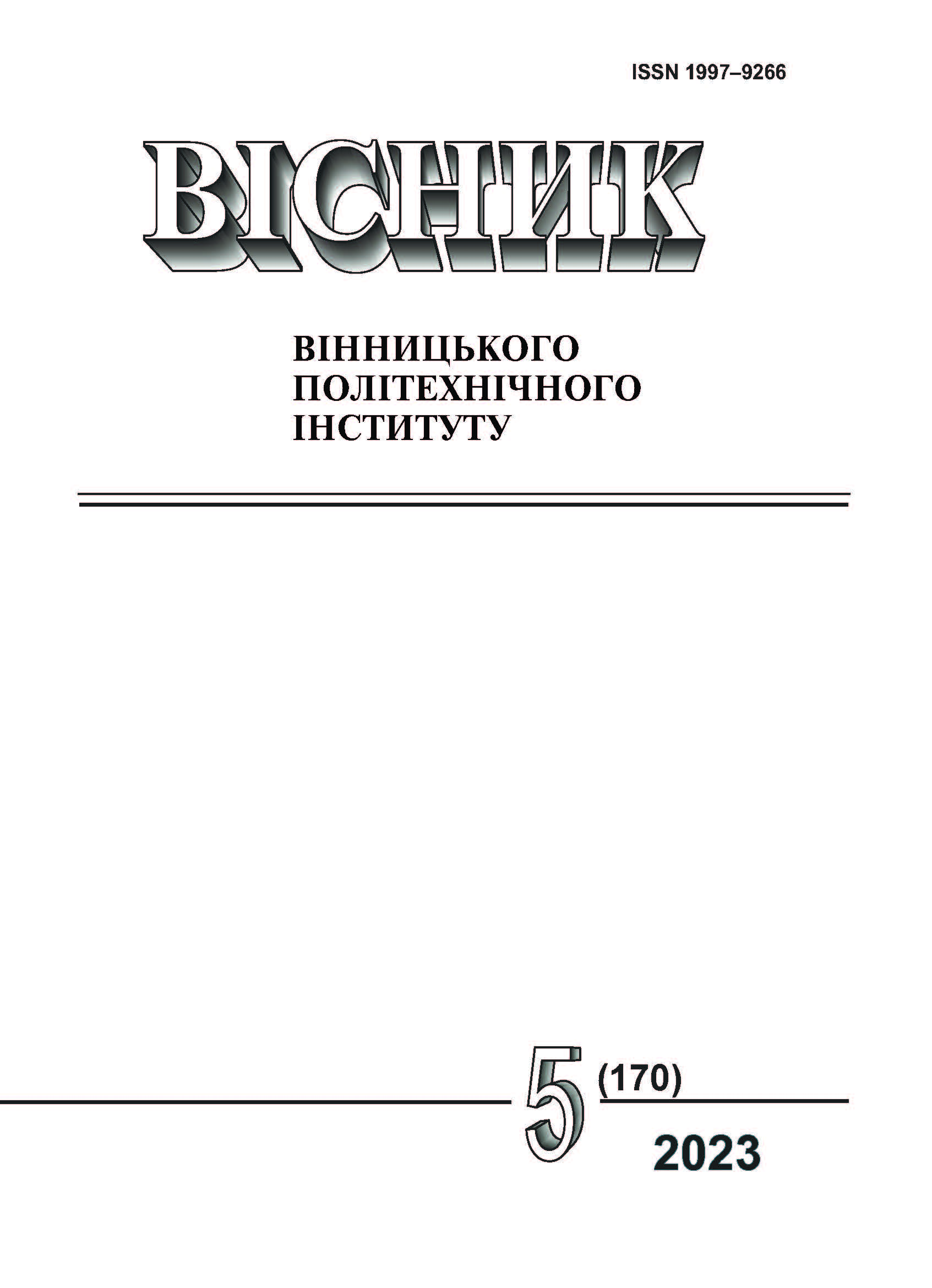Construction of an Agent Model With Adaptive Properties in Information Technologies for Context Analysis in Knowledge Assessment Systems
DOI:
https://doi.org/10.31649/1997-9266-2023-170-5-32-40Keywords:
agent, multi-agent systems, adaptation, mathematical model, knowledge assessment systems, electronic educational systems, educational processAbstract
The article analyzes the architecture of electronic educational systems (EES) and the possibility of decomposition into subsystems according to the implementation of the functionality they perform. The types of connections and the possibility of interaction of subsystems are considered. The dynamic features of the EES architecture and the influence of factors that may arise during its operation are highlighted.
The types of agents and the interaction between them were studied to ensure the adaptive components of the work of knowledge assessment systems. The types of agents and their interaction with EES are considered in detail, examples are given. The working principles and interaction schemes of independent agents and agents united in groups have been studied, their interaction schemes are given. The effectiveness of combining agents into groups and the expediency of such an approach are highlighted.
The scheme of the work of an independent agent with an adaptive component and the influence of its work on the result and input data of other agents are shown. Weighting factors are added to each of the agents, which are responsible for adjusting the work of each of the input factors, which in turn form the overall result. The weighting factors are static elements that are based on expert data and are defined between 0 and 1.
Based on the agent approach, an adaptive quasi-static mathematical model has been developed, on which the adaptive component of information technologies for the analysis of the context of knowledge assessment systems will be based. The developed model is takes into account the dynamism of the architecture of knowledge assessment systems and includes management of the adaptive functions.
The developed agent model reflects an iterative process in time, the result of which consists of the sum of the results of the work of groups of agents over the entire range of knowledge evaluation. The model includes the possibility of emergency shutdown of the system in case of a corresponding command of the agent.
The main advantages of the designed model are universality, provision of an adaptive component, i.e., considering the dynamics of changes in parameters over time and the possibility of their rating. Such a model autonomizes the components of information technologies of context analysis in knowledge assessment systems, providing opportunities to change its own functionality and independent functioning.
References
A. Fedonuyk, V. Yunchyk, T. Cheprasova, and S. Yatsyuk, “The Models of Data and Knowledge Representation in Educational System of Mathematical Training of IT-specialists,” in 2020 IEEE 15th International Conference on Computer Sciences and Information Technologies (CSIT), Zbarazh, Ukraine, 2020, pp. 269-272. https://doi.org/10.1109/CSIT49958.2020.9321899.
A. Fedonuyk, V. Yunchyk, I. Mukutuyk, O. Duda, and S. Yatsyuk, “Application of the hierarchy analysis method for the choice of the computer mathematics system for the IT sphere specialists preparation,” in XII International Conference on Mathematics, Science and Technology Education, Kryvyi Rih, Ukraine, 2021. https://doi.org/10.1088/1742-6596/1840/1/012065.
W. Jiao, and Y. Sun, “Self-adaptation of multi-agent systems in dynamic environments based on experience exchanges,” Journal of Systems and Software, pp. 165-179, 2016.
D. Y. Bugaychenko, “MASL: A logic for the specification of multiagent real-time systems”, in Proc. 5th International Central and Eastern European Conference on Multi-Agent Systems, Leipzig, Germany, 2017, pp. 183-192.
T. Preisler, and W. Renz, “Structural Adaptations for Self-Organizing Multi-Agent Systems”, in The Seventh International Conference on Adaptive and Self-Adaptive Systems and Applications (ADAPTIVE 2015), At Nice, France, 2015, pp 1-8.
Ye. A. Palamarchuk, “Methods of building microservice architecture of e-learning systems,” Інформаційні технології та комп'ютерна інженерія, vol. 53, no. 1, pp. 43-54, February, 2022.
J. P. Műller, and K. Fisher, “Application Impact of Multi-agent Systems and Technologies: ASurvey”, in Agent-Oriented Software Engineering: Reflections on Architectures, Methodologies, Languages, and Frameworks, O. Shehony and A. Strum, Springer-Verlag, 2014, pp. 27-53. [Electronic resource]. Available: https://link.springer.com/book/10.1007/978-3-642-54432-3.
O. V. Bisikalo, O. O. Kovalenko, and Y. A. Palamarchuk, “Models of Behavior of Agents in the Learning Management System,” in 2019 IEEE 14th International Conference on Computer Sciences and Information Technologies (CSIT), Lviv, Ukraine, 2019, pp. 222-227.
Downloads
-
PDF (Українська)
Downloads: 45
Published
How to Cite
Issue
Section
License

This work is licensed under a Creative Commons Attribution 4.0 International License.
Authors who publish with this journal agree to the following terms:
- Authors retain copyright and grant the journal right of first publication.
- Authors are able to enter into separate, additional contractual arrangements for the non-exclusive distribution of the journal's published version of the work (e.g., post it to an institutional repository or publish it in a book), with an acknowledgment of its initial publication in this journal.
- Authors are permitted and encouraged to post their work online (e.g., in institutional repositories or on their website) prior to and during the submission process, as it can lead to productive exchanges, as well as earlier and greater citation of published work (See The Effect of Open Access).





